A medical-grade monitor is a display device designed and manufactured to meet specific standards and requirements for use in medical environments. These monitors play a crucial role in healthcare settings, where accurate and reliable visual information is essential for diagnostic and patient care purposes. The designation "medical grade" implies that these monitors adhere to strict guidelines to ensure precision, consistency, and safety in medical imaging and healthcare applications.
Regulatory Compliance: Medical-grade monitors must comply with various regulatory standards and certifications to ensure their suitability for use in healthcare environments. Organizations such as the U.S. Food and Drug Administration (FDA) and the International Electrotechnical Commission (IEC) establish guidelines for medical devices, including monitors. Compliance with standards such as IEC 60601-1 for electrical safety is crucial to guarantee the protection of both patients and healthcare professionals.
Image Quality and Accuracy: One of the primary features of medical-grade monitors is their superior image quality and accuracy. These monitors are designed to display medical images, including X-rays, MRIs, CT scans, and other diagnostic imaging with high precision. They often have higher resolutions, better color reproduction, and grayscale capabilities compared to consumer-grade monitors, ensuring that healthcare professionals can accurately interpret and analyze medical images.
Calibration and Consistency: Medical-grade monitors undergo rigorous calibration processes to ensure consistent and accurate display of images over time. Calibration is essential to maintain uniform brightness, contrast, and color accuracy throughout the monitor's lifespan. Regular recalibration is often required to account for potential drift and changes in performance, ensuring that the monitor remains reliable for diagnostic purposes.
Compliance with DICOM Standards: The Digital Imaging and Communications in Medicine (DICOM) standard is widely used for the storage and communication of medical images. Medical-grade monitors are often DICOM-compliant, meaning they adhere to specific standards for displaying grayscale images. This compliance ensures that the monitor can accurately represent the varying shades of gray in medical images, allowing healthcare professionals to make accurate diagnoses.
Anti-Glare and Anti-Reflective Coatings: To enhance visibility in various lighting conditions and reduce reflections, medical-grade monitors often feature anti-glare and anti-reflective coatings. These coatings minimize distractions caused by ambient light, ensuring that healthcare professionals can focus on the details of medical images without interference.
LCD Monitors For Mobile Medical Carts
Infection Control and Durability: In healthcare settings, monitors must be durable and capable of withstanding regular cleaning and disinfection to maintain a hygienic environment. Medical-grade monitors are often designed with sealed surfaces and robust materials to withstand cleaning agents without compromising performance. This is crucial for preventing the spread of infections in clinical settings.
Ergonomic Design: Medical-grade monitors are often designed with the ergonomic needs of healthcare professionals in mind. Adjustable stands, swivel options, and the ability to rotate the screen allow for optimal positioning, reducing strain and fatigue during long working hours. This ergonomic design contributes to the overall well-being of healthcare practitioners and enhances the efficiency of their work.
Redundancy and Reliability: In critical healthcare applications, reliability is paramount. Medical-grade monitors often incorporate redundant systems and fail-safe mechanisms to minimize the risk of malfunctions. Redundant power supplies and advanced diagnostic features contribute to the overall reliability of these monitors in high-stakes medical environments.
In conclusion, medical-grade monitors stand out from their consumer counterparts due to their adherence to stringent regulations, superior image quality, calibration processes, compliance with DICOM standards, and features designed for infection control and durability. These monitors play a crucial role in healthcare by providing accurate and reliable visual information for diagnostic and patient care purposes, contributing to improved medical outcomes and patient safety.
Contact Touch Think today to find out how the monitor supplier can offer your business the advantages of a powerful custom capability for your automation applications.

Industrial Mini PC Fanless i3 i5 i7 Industrial Box PC VIEW MORE

Android 13.0 Industrial Panel PC 21.5 Inch with 4G LTE WiFi Octa-Core For Meeting Room Smart Education VIEW MORE
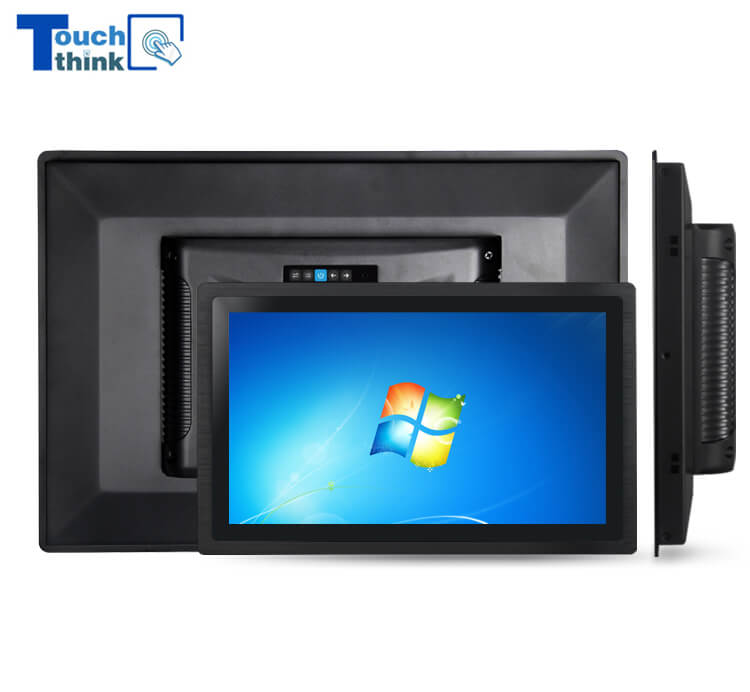
Sunlight Readable Industrial Monitor with Optional Display Size 10.1 inch VIEW MORE

11.6 inch Windows Industrial All in One Panel PC With Touch Screen VIEW MORE
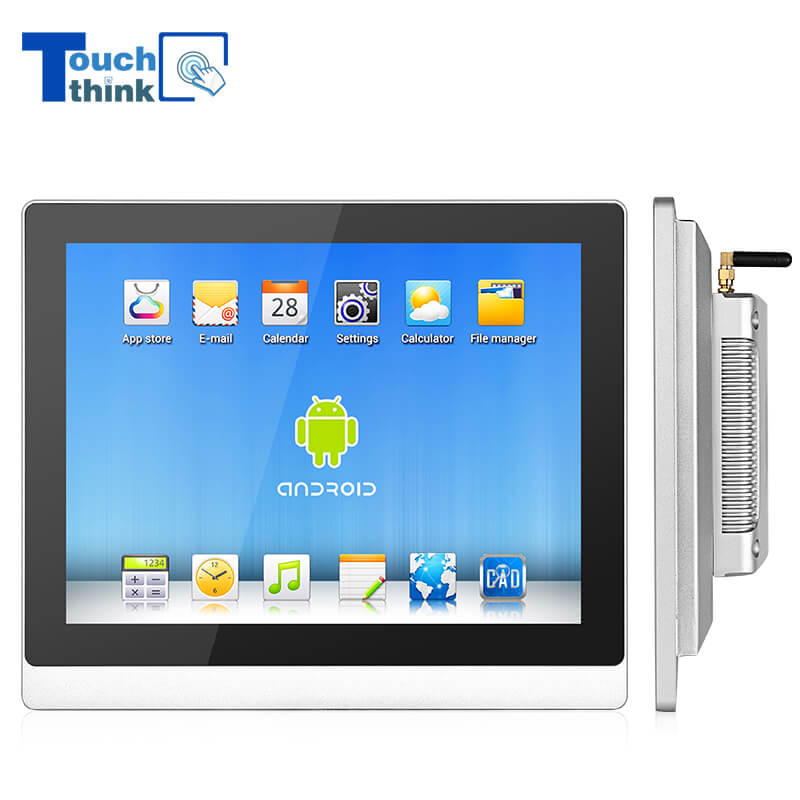
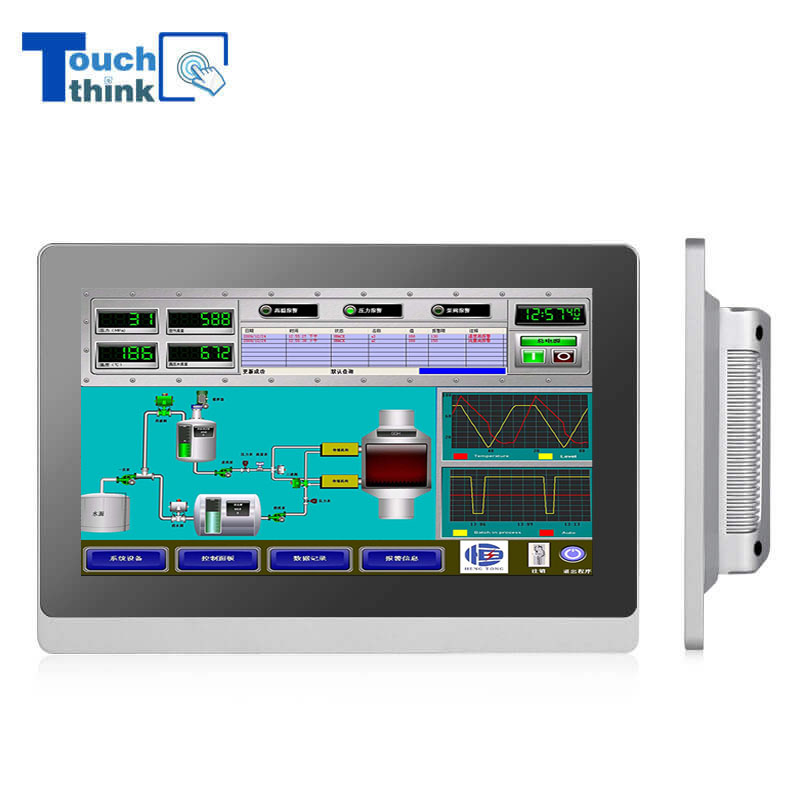
True Flat Capacitive Touch Screen Industrial LCD Monitor IP65 21.5 inch VIEW MORE
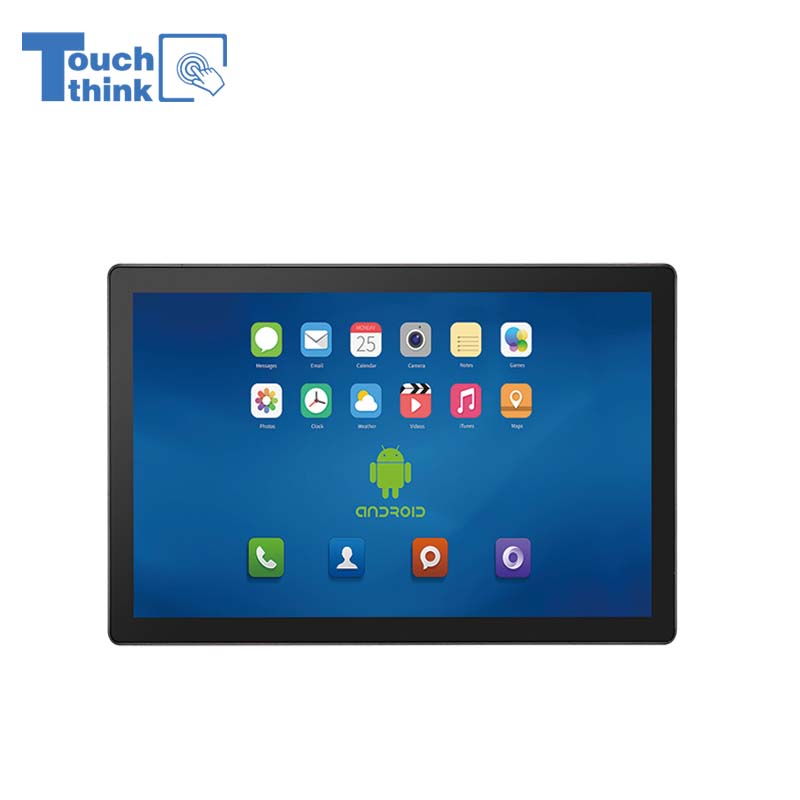
All Weather Android Tablet PC for Public Service Terminals 15.6" VIEW MORE
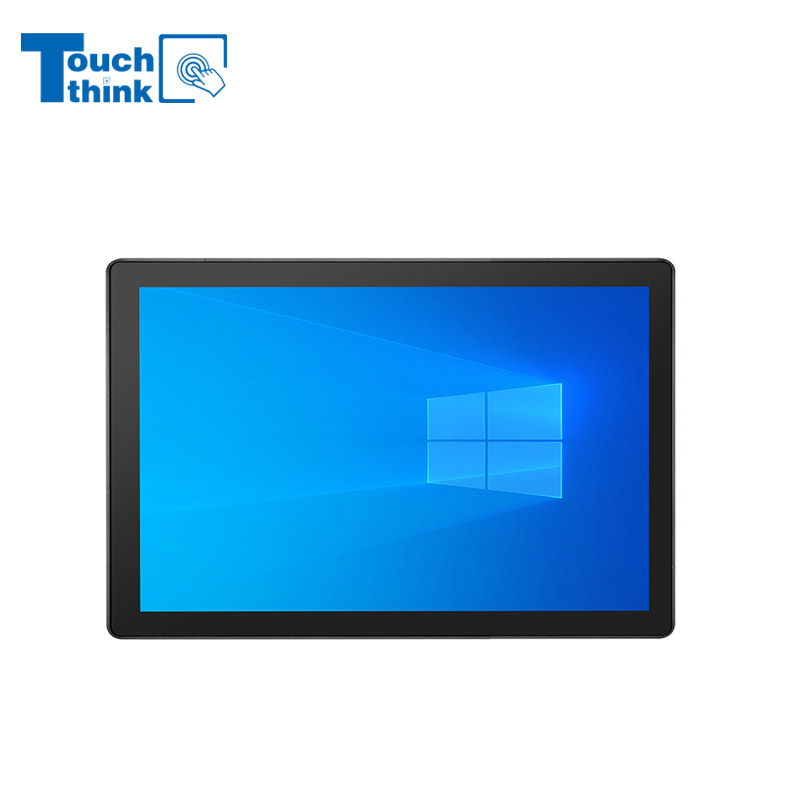
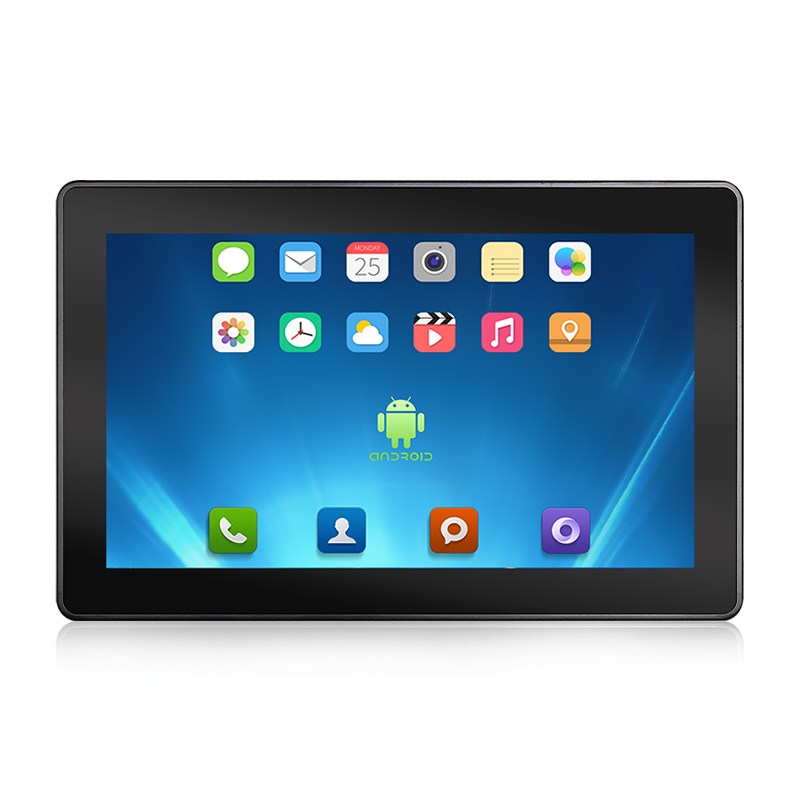
Industrial Android Tablet PC PoE Dual LAN Ethernet Android 12.0 / 7.1 / 9.0 / 10.0 VIEW MORE
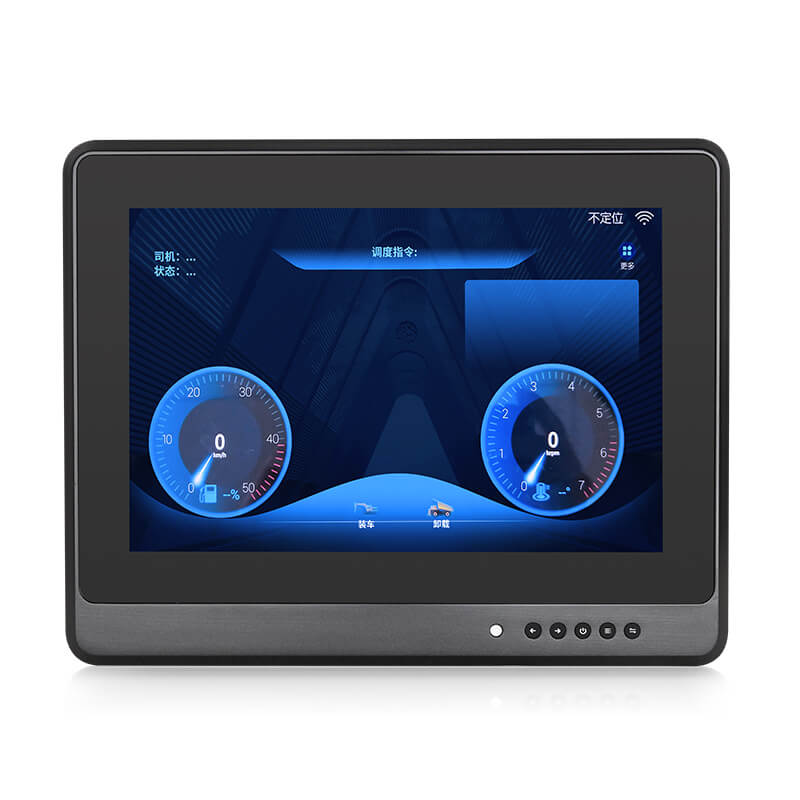
10.1" Vehicle Mount LCD Monitors Vehicle Touch Displays Car Crane Monitor VIEW MORE
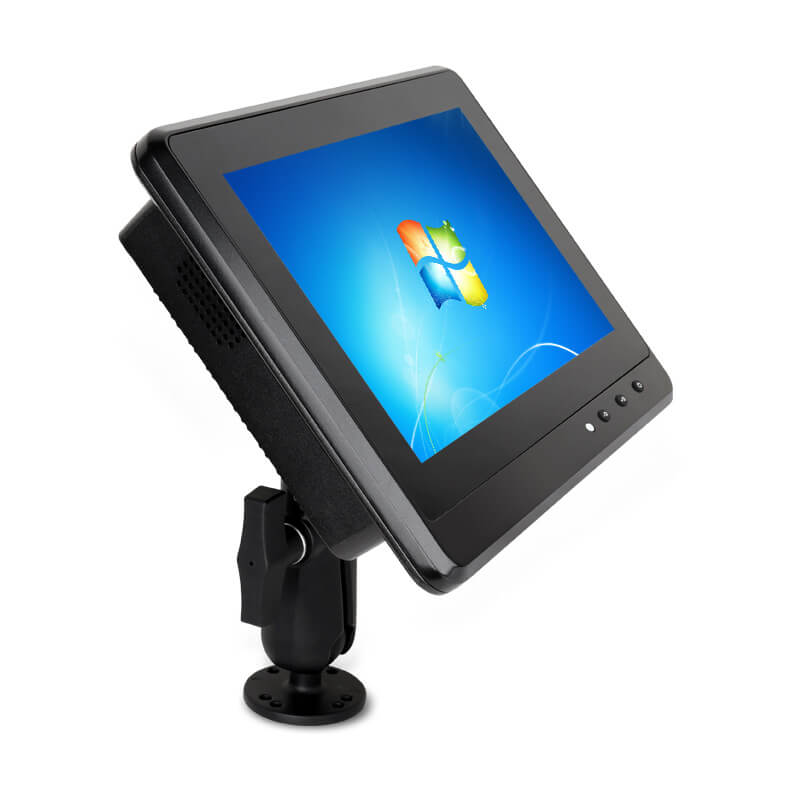
Transportation Panel PC Windows Vehicle Mounted Touch Computers VIEW MORE
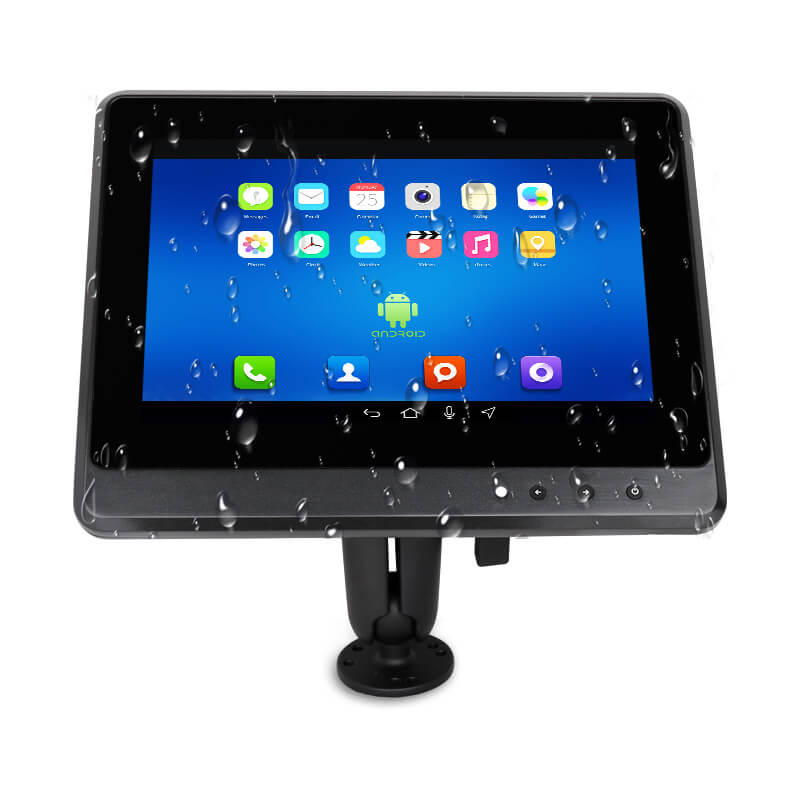
Android In-Vehicle Industrial Panel PC Vehicle AGV Computer VIEW MORE
Skype: live:touchtec
Copyright © Shenzhen Touch Think Intelligence Co.,Ltd. All Rights Reserved Update cookies preferences